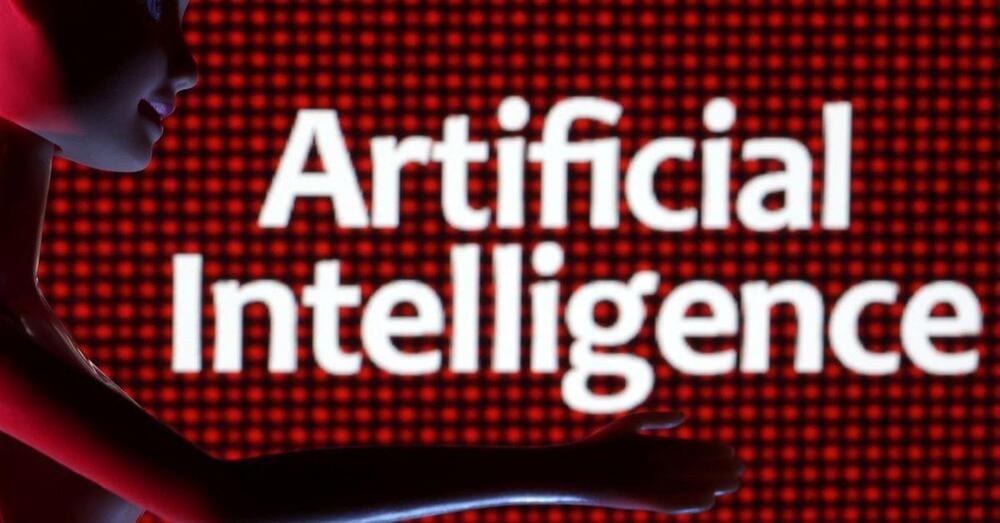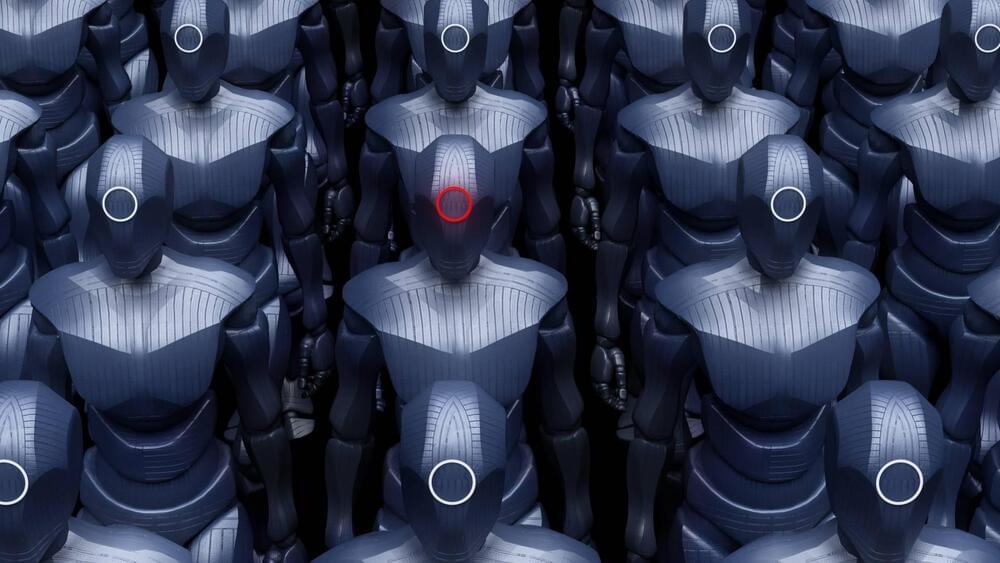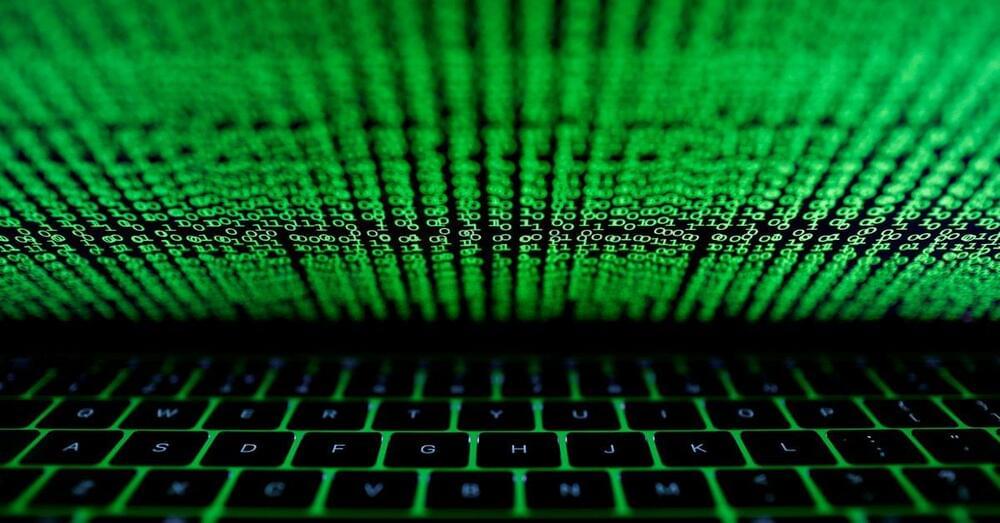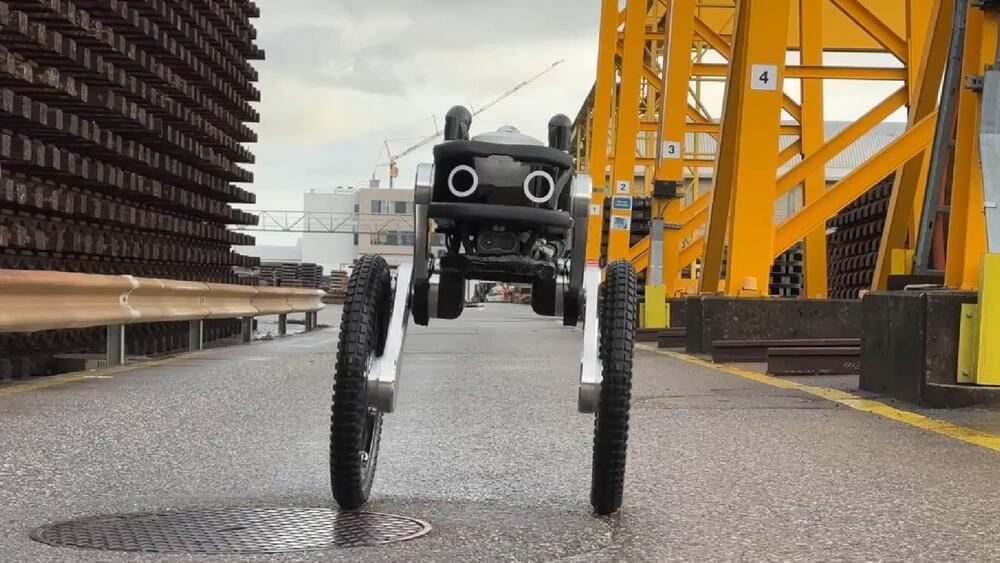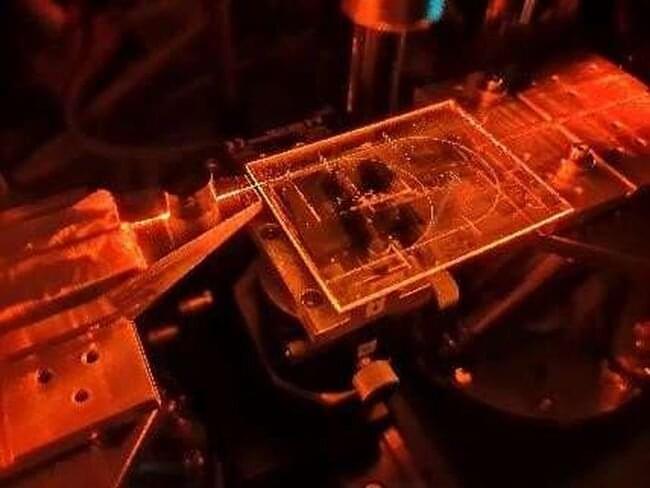Jun 9, 2023
Google’s Generative AI Platform Is Now Available To Everyone
Posted by Quinn Sena in categories: governance, robotics/AI, security
Google announced the general availability (GA) of generative AI services based on Vertex AI, the Machine Learning Platform as a Service (ML PaaS) offering from Google Cloud. With the service becoming GA, enterprises and organizations could integrate the platform’s capabilities with their applications.
With this update, developers can use several new tools and models, such as the world completion model driven by PaLM 2, the Embeddings API for text, and other foundation models in the Model Garden. They can also leverage the tools available within the Generative AI Studio to fine-tune and deploy customized models. Google claims that enterprise-grade data governance, security, and safety features are also built into the Vertex AI platform. This provides confidence to customers in consuming the foundation models, customizing them with their own data, and building generative AI applications.
Customers can use the Model Garden to access and evaluate base models from Google and its partners. There are over 60 models, with pals for adding newer models in the future. Also, the Codey model for code completion, code generation, and chat, announced at the Google I/O conference in May, is now available for public preview.


